- Home
- Military & Defense
- This traveler spent 5 days hitchhiking through a frozen conflict zone in Eastern Europe - here's what his trip was like
This traveler spent 5 days hitchhiking through a frozen conflict zone in Eastern Europe - here's what his trip was like
Domenech stayed with a local family during his trip. He told us he learned through the Ministry of Foreign Affairs that Nalbandian Poghots, a street in Stepanakert, Azerbaijan, is known for having multiple homestays for visitors.

Though he was staying in the guesthouse of the home, he would often have breakfast with the family that was hosting him. A typical breakfast included bread, butter, eggs, and homemade jam.
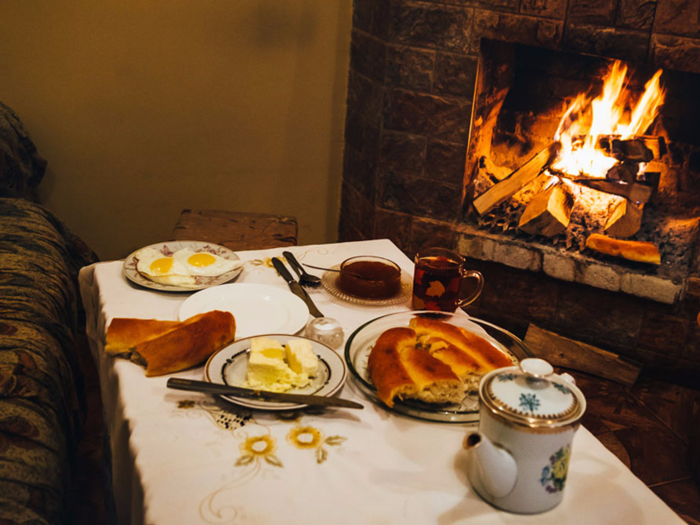
His host family would also recommend places to visit, like Renaissance Square in Stepanakert. Though the city suffered damage during the Nagorno-Karabakh War in the late 1980s, Domenech told us it stood significantly recovered and rebuilt during his visit.
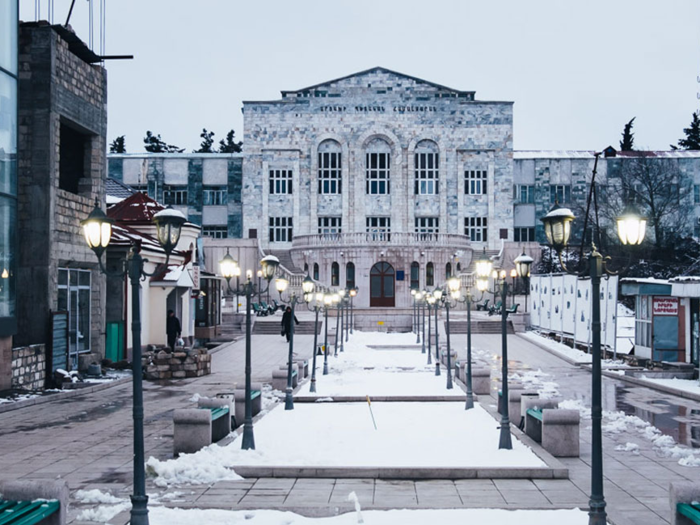
Still, Domenech told us that the damages from the war were still very present in the town of Shushi. Among the ruins were two mosques that stand abandoned.
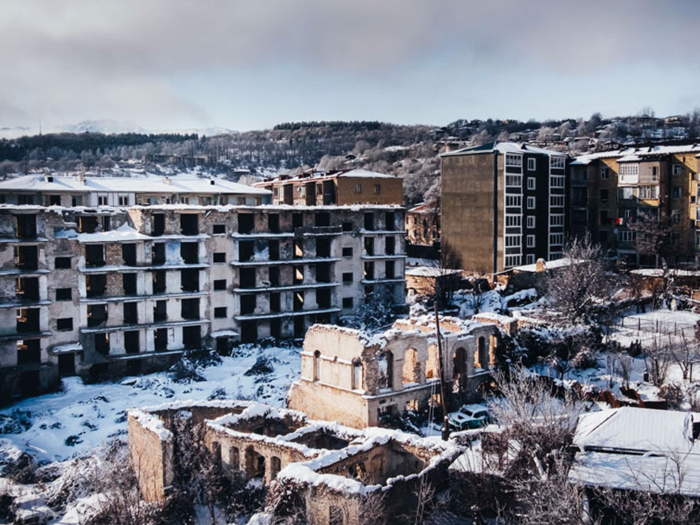
He told us that half the buildings in the town were destroyed, while the other half remain inhabited.
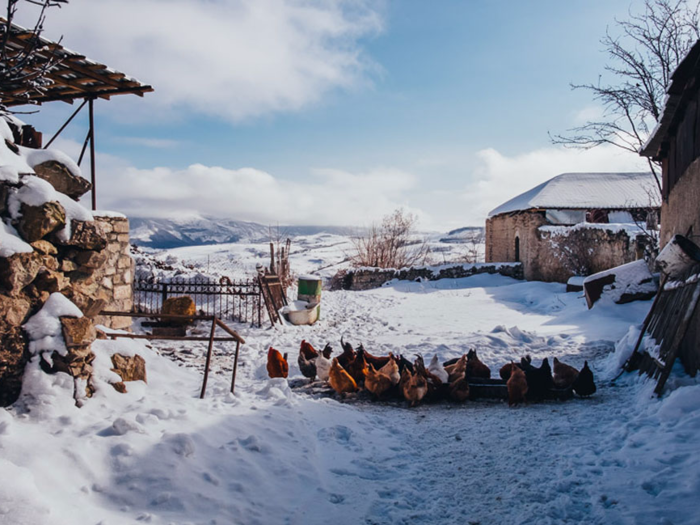
"You really got a sense of emptiness here," Domenech said. Several of the buildings remained burned and damaged from the war.
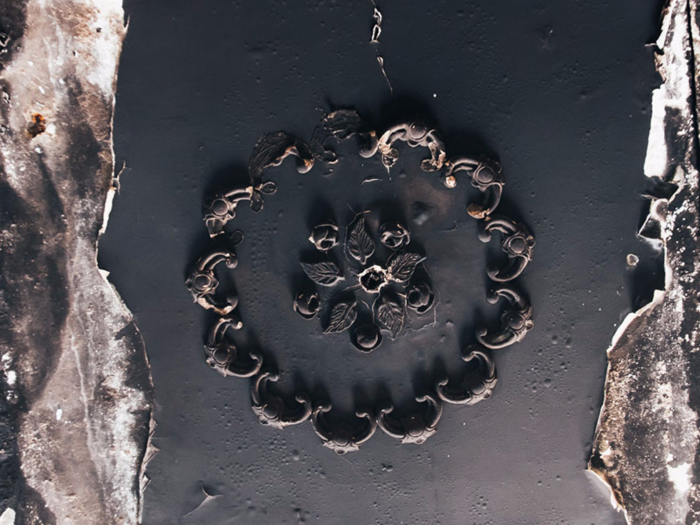
He also visited Aghdam, a ghost town that was the scene of fierce fighting throughout the war. Though it's typically off-limits to tourists, he was able to get a taxi driver to take him there.
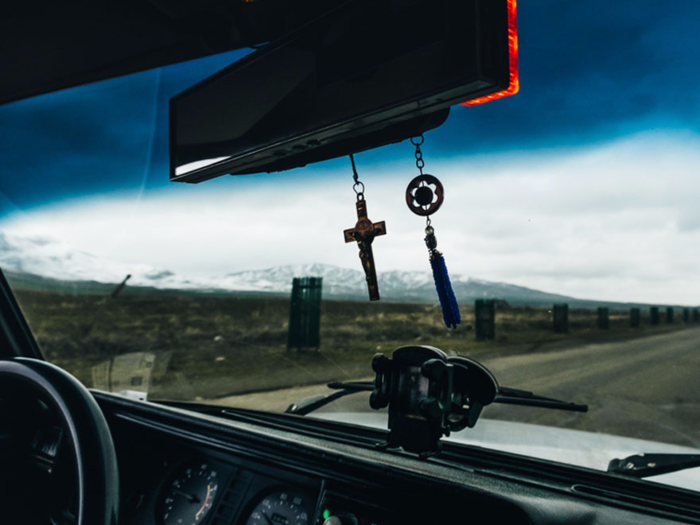
Since permits aren't given for the area, there's a high risk of being arrested by military officials if you're spotted in Aghdam. Domenech told us that his taxi driver was constantly telling him to hide his camera.
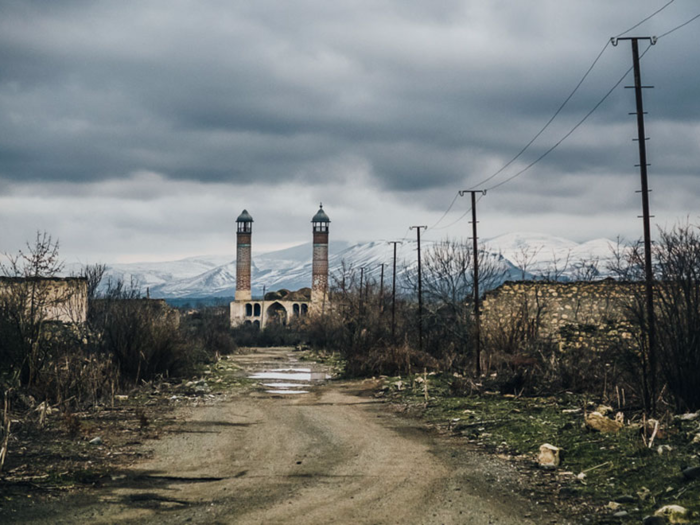
The area is also known as the "Caucasian Hiroshima" and only five or six families still live there, a local told Domenech. The town also doesn't have any electricity, gas, or water, which is why they spotted trucks bringing in supplies.
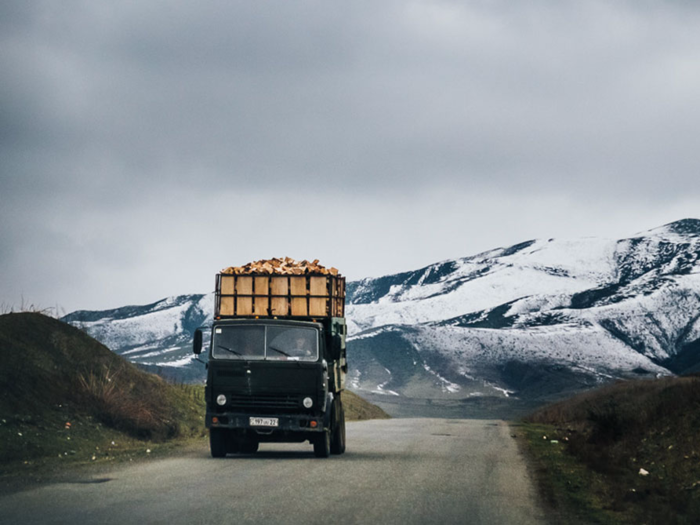
After visiting Aghdam, the taxi driver took Domenech to a bakery across the street from a shop he owned. While there, the women running the bakery gave Domenech various baked goods for free, including pastries filled with coconut and pistachio.
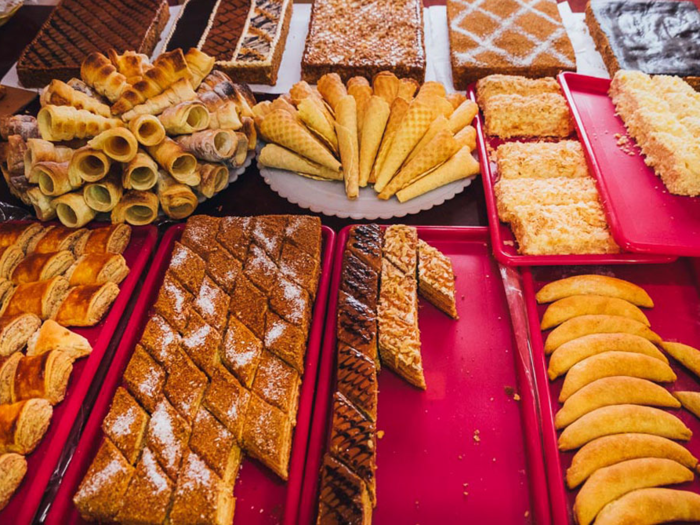
Domenech told us there was a heavy military presence throughout his time in the region. He would often see soldiers in buses, walking down the street, in public transit stations, or in shops.
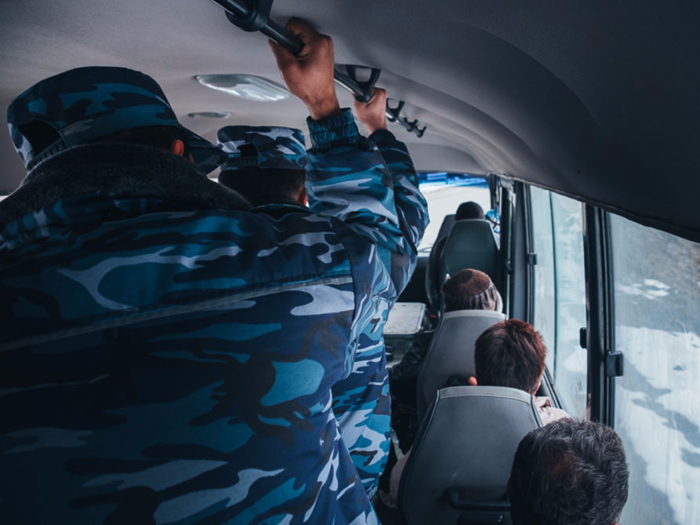
It was also obvious on TV. There were times when Domenech would be watching music channels that would be interrupted by military chants and songs.
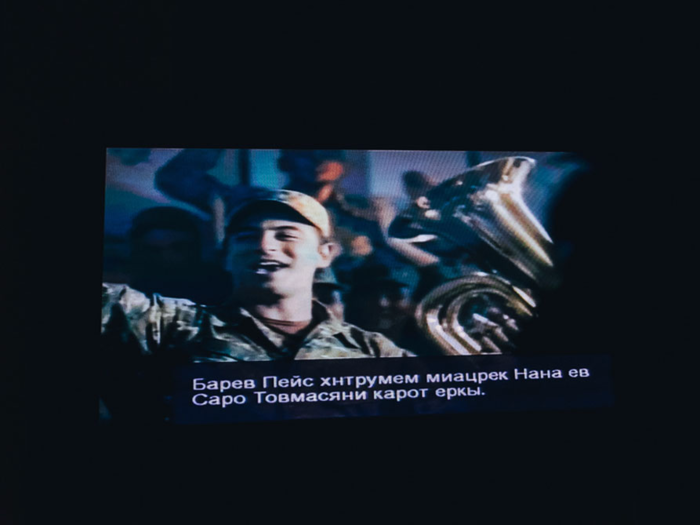
Not everything in the region was about war, though. Domenech also walked through the various colorful markets of Nagorno Karabakh, where he came across a variety of pickled vegetables like spring onion and garlic.

At the outdoor markets, he often saw a wide variety of nuts, dried fruits, and herbs. He also told us the area hosts stunning monasteries and hot springs — though he couldn't go into the hot springs because it was too cold during his trip.
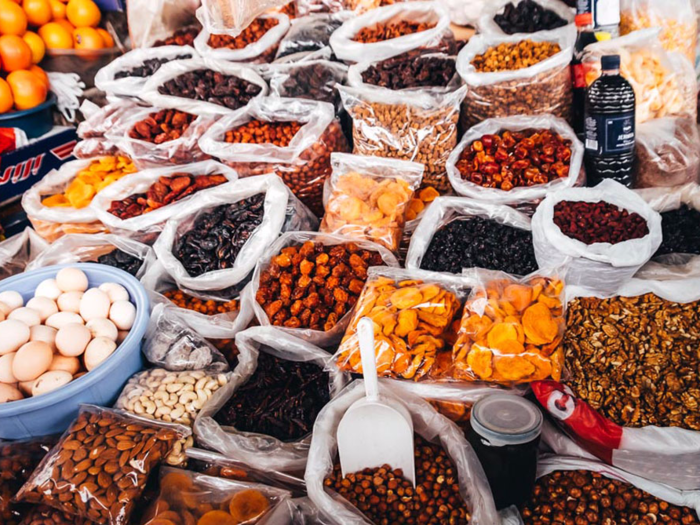
Since it was wintertime when Domenech (pictured here) visited, the roads would sometimes be so empty that he would have to wait up to two hours to catch a ride.
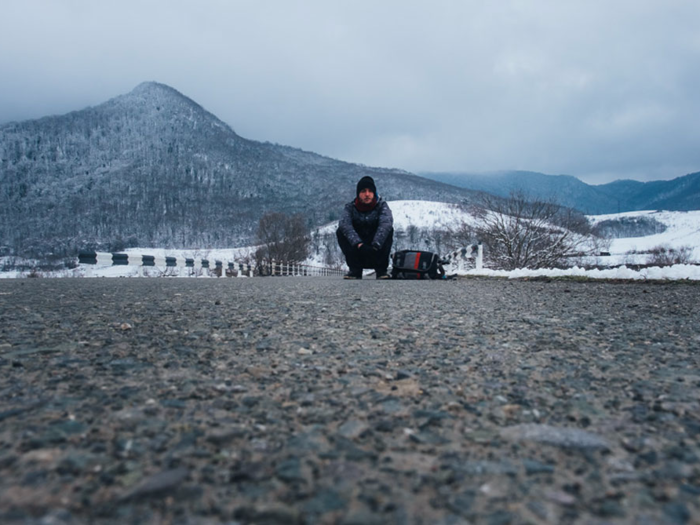
But it allowed Domenech to get to know the locals, who would often invite him in for lunch or for coffee. "I found the people there to be some of the warmest and most hospitable," Domenech said.
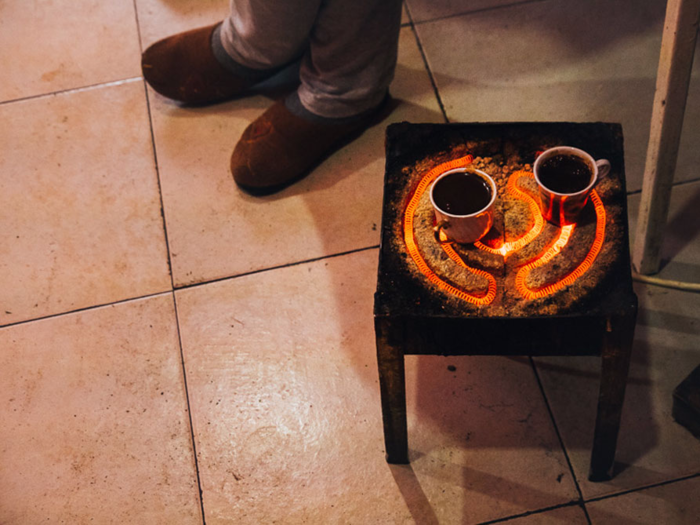
Pictured here are three firemen that invited Domenech for lunch after he asked them for road directions. "I hitchhike because you get to know and meet people in ways you would never be able to through public transportation," Domenech said.
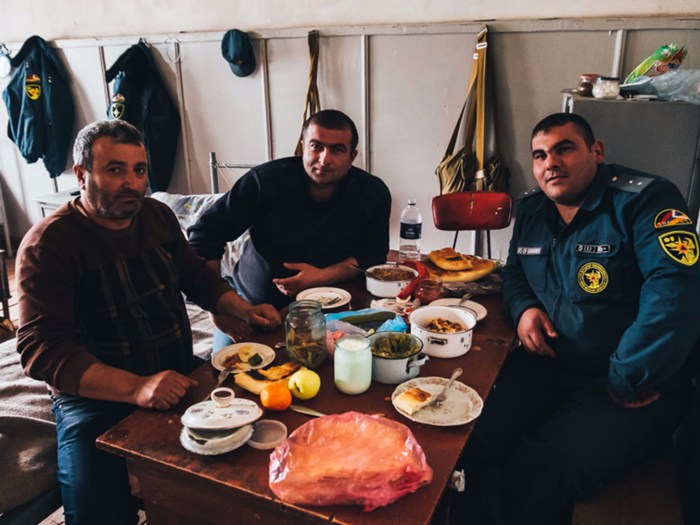
Popular Right Now
Popular Keywords
Advertisement